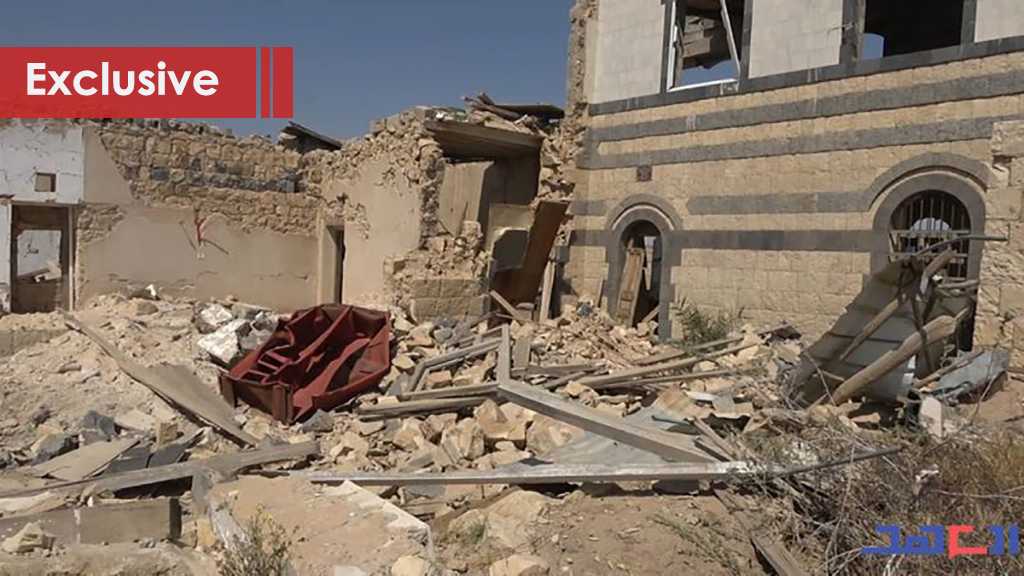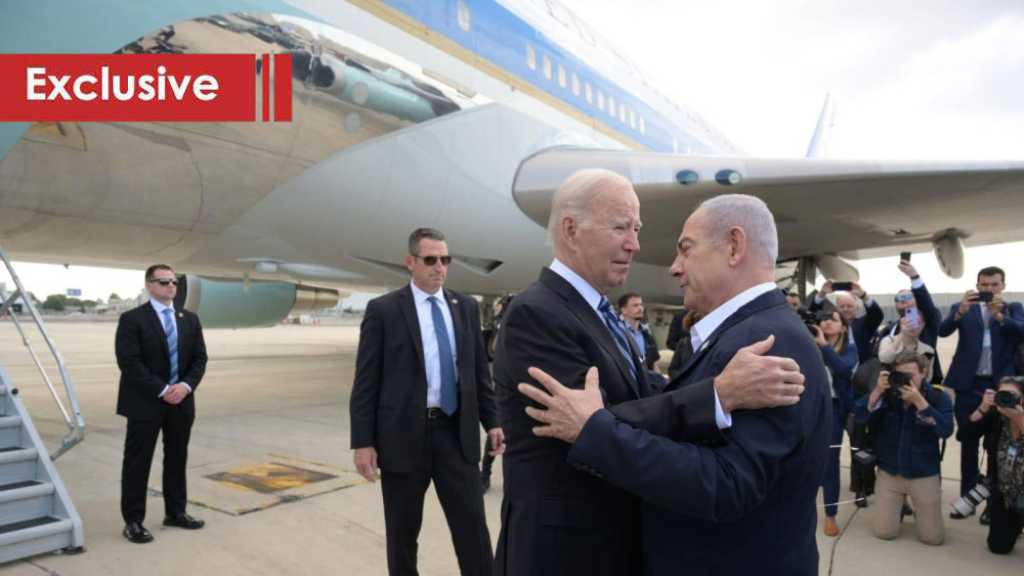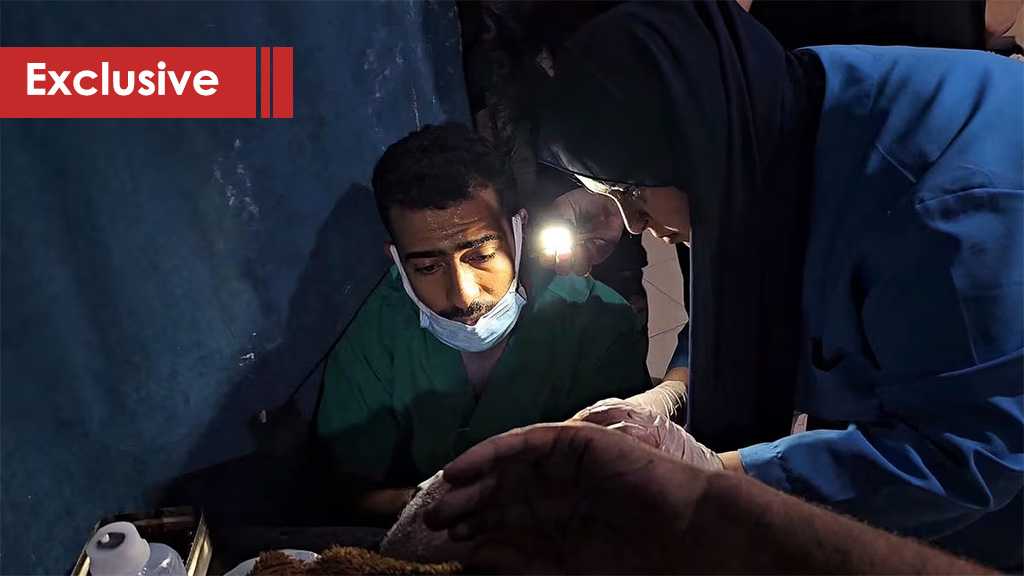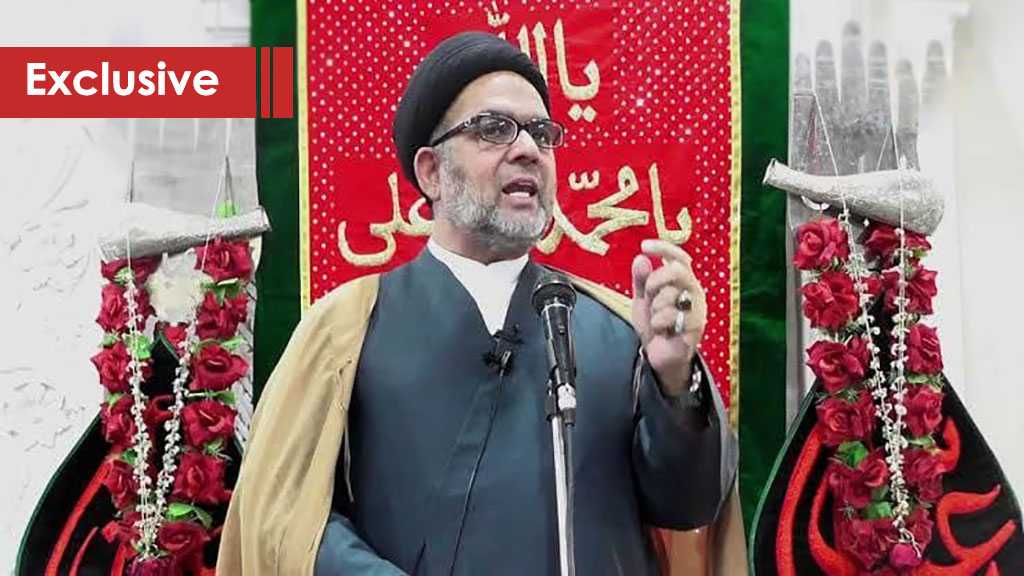
Nihm: One of Yemen’s Liberated Districts Exhausted by Destruction & Under Threat of Raids

By Sarra’a Jamal Al-Shahari
Yemen - Yemen’s Nihm district, located northeast of the capital Sana’a, has been a no-go area since it was occupied by the American/Saudi-backed mercenaries five years ago. The occupation caused a mass exodus and forced its residents to seek refuge in nearby camps. Those displaced shared a life of misery and hardship for years.
Most of Nihm’s villages fell into the hands of the occupiers. Local farms and other large areas were transformed into camps and headquarters for the invading mercenary brigades. These brigades were stationed in the mountains and were armed with heavy and medium weapons.
Meanwhile, the villages and valleys were turned into command centers as well control and supply rooms for the raging battlefronts. Prior to the district’s occupation, fighter jets belonging to the US-backed Saudi-led coalition destroyed many homes, committing several massacres against civilians. The homes that remained standing were looted soon after the arrival of the mercenaries. Whatever they couldn’t steal, they destroyed.
The US-backed Saudi-led coalition forces occupied about 60% of Nihm – the eastern gate of Sana’a. They made repeated attempts to advance to the capital from Marib, which sits west of Sana’a and is also occupied.
Earlier this month, the Yemeni army and the popular committees launched a military operation [Firm Structure] dubbed Al-Bunyan Al-Marsous. The objective was the liberation of Nihm district. The liberation exposed the magnitude of the humanitarian catastrophe left behind by the coalition.
The Bani Bariq village is located in the center of the district. It has a population of nearly 800 people and bears witness to the atrocities committed. Homes were leveled, and most of the farms were burned, except for what the mercenaries spared for their own use. The US-Saudi aggression launched airstrikes, artillery shells and Katyusha rockets at the village, destroying its structures and forcing its residents to flee. This made it easier for the mercenaries to capture the village and completely militarize it.
Before falling into the hands of the mercenaries, Bariq was struck with thousands of shells and rockets. Although it was located far from the frontlines, the American-Saudi aggression launched indiscriminate airstrikes and bombed everything – photos, videos and testimonies of the villagers are evidence of this.
The family of Ahmed Abu Alhan, a local resident, was one of the many victims of the indiscriminant bombardment. Their car was struck by a coalition airstrike as they left the village in search of a safe haven. Eight members of the family were martyred. A child, seriously wounded and suffering severe burns, was the sole survivor.
“My father, my mother, my brothers Hamid and Abdel-Karim, my sister, my grandmother, and my older cousin were martyred in the car,” Ahmed’s son recalls.
The American/Saudi aggressors did not stop there. After targeting the Abu Alhan family, they struck their home with six raids, leveling the empty house to the ground.
The Abu Alhan massacre was just one of hundreds of crimes committed by the American/Saudi aggressors against the people of the district. The homes and farms were not the only targets. Everything in the district was bombarded. All of the district’s 34 schools were bombed, 11 were completely destroyed and 24 partially.
Nihm’s markets were also targeted. 10 markets were bombed in the district, including the Khalqah market where the coalition killed 25 people and wounded 30 others.
The coalition was not satisfied with merely killing the residents. Its forces tightened the noose on the people of Nihm and looted their properties. They transformed their homes into military barracks. From time to time, the Saudi-led coalition forces would carry out campaigns of arrests without any legal justification, forcing residents to flee and leave their villages.
After the district was liberated, many of Nihm’s residents returned to their villages following four years of displacement. The residents expressed their gratitude to the Yemeni army and the popular committees for the victory and for liberating their towns from the mercenaries.
Although the battles in Nihm are over and have moved to other areas in Marib and Jawf, Saudi-led coalition warplanes still hover over the district and launch daily strikes against the villages, homes, and the road linking Nihm to Sana'a, Jawf and Marib.
The spokesman for the Yemeni armed forces, Brigadier General Yahya Sarei, stated that air defenses used a number of Fater-1 missiles to engage a formation of Saudi and Emirati warplanes over Nihm district. The missiles forced the aircraft to leave the area before conducting any attacks. Residents are afraid to return to their villages due to the continued aerial bombardment by the coalition warplanes. It is just one in a long list of challenges that includes rebuilding destroyed homes and clearing farms which are filled with thousands of mines and unexploded ordnance.



